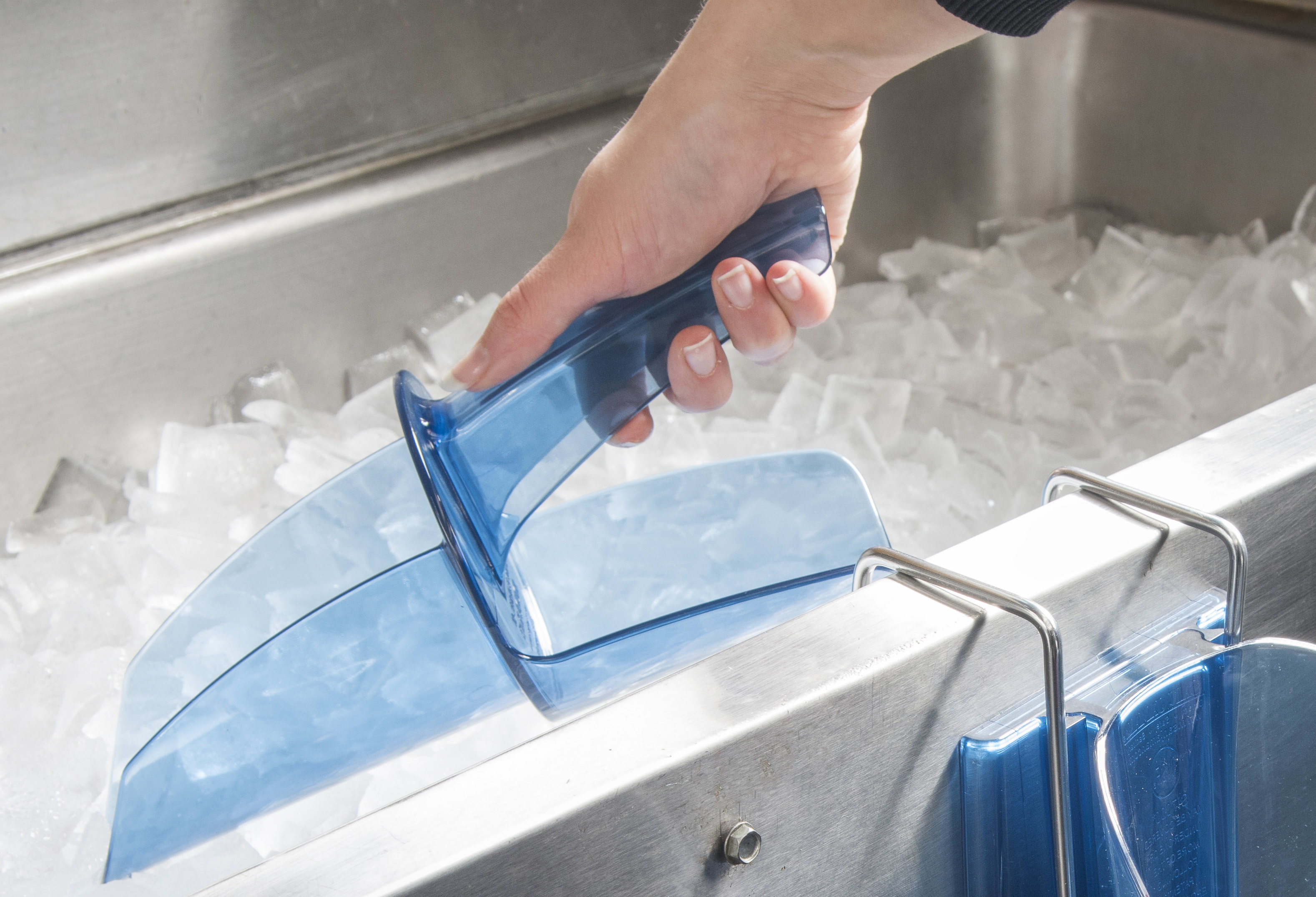As Watchdog warns of dirty ice, FEM offers advice on ice hygiene
As BBC’s Watchdog once again finds dangerous levels of faecal bacteria in ice in several leading pub chains, FEM has issued advice on maintaining standards of ice hygiene. “With the amount of equipment available to protect ice, and the simplicity of keeping modern ice machines hygienically clean, it should be easy to maintain good standards of practice,” says Mark Hogan, commercial director of FEM. “The solution is proper staff training, including basic hygiene – especially washing hands after going to the toilet, which should be part of everyone’s routine.”
The company is the UK distributor for Manitowoc Ice machines and also markets a range of ice hygiene equipment made by San Jamar. Here are its top tips on good ice hygiene practice.
- Train staff to handle ice safely – keep hands clean, never touch ice by hand, use an ice scoop or tongs. “Ice handling equipment is inexpensive to buy and very effective. For example, the San Jamar Saf-T-Ice Scoop, which has a shield to protect ice from contamination, starts at around £40,” says Hogan.
- Set up a regular ice machine cleaning schedule, based on the manufacturer’s guidelines, and make sure staff stick to it. “If necessary, contact your ice machine supplier or the manufacturer and get them to supply guidelines. They may be happy to send someone in to train staff,” says Hogan.
- If you’re buying a new ice maker, look for one that’s easy to clean and maintain.
- Also look for an icemaker that has anti-bacterial features built in. For example, the Manitowoc Indigo NXT models have an optional patented LuminIce growth inhibitor, which controls the growth of bacteria and yeast in the food zone, keeping the ice pure and uncontaminated. In addition, the key components are made from AlphaSan antimicrobial material which reduces slime build-up.
“It’s not hard to keep on top of ice hygiene – you just have to build vigilance into your staff’s routine,” says Hogan.

